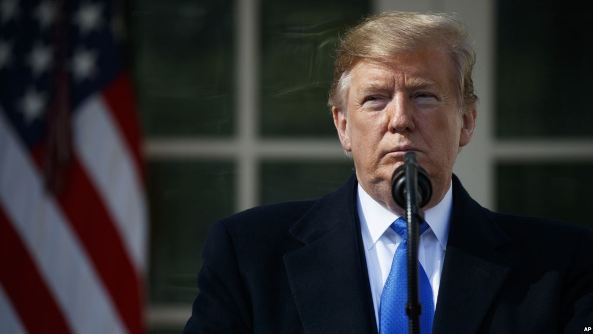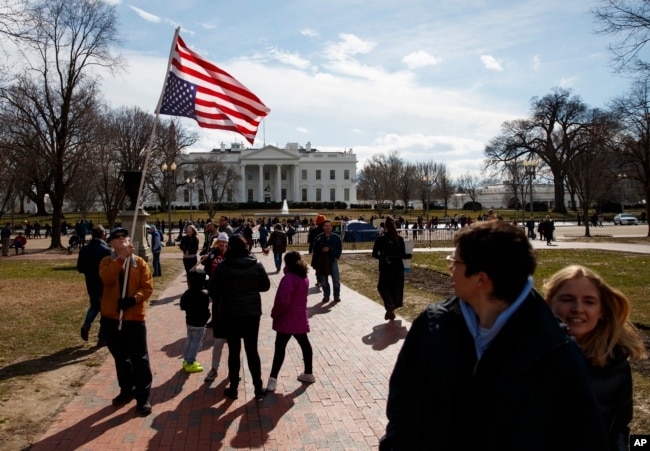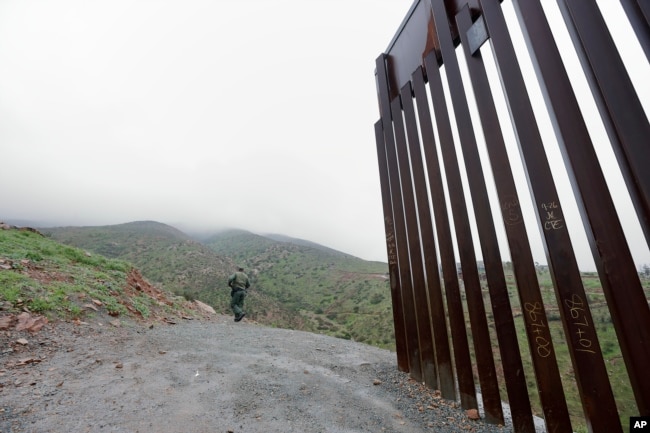
Trump’s National Emergency Declaration: What’s Next?
VOA News
President Donald Trump declared a national emergency on Friday after Congress declined to fulfill his request for $5.7 billion to help build a wall along the U.S.-Mexico border that was his signature 2016 campaign promise. His move aims to let him spend money appropriated by Congress for other purposes.
What’s next?
Legal challenges to Trump: On Monday, a coalition of 16 U.S. states led by California sued the Trump administration over the declaration and the president’s plan to use billions of dollars to erect a wall. The lawsuit, filed in U.S. District Court for the Northern District of California, came just days after Trump invoked emergency powers on Friday.
In Washington, D.C., the liberal watchdog group Public Citizen filed a federal suit Friday evening. The lawsuit argued against the constitutionality of the declaration and that Trump exceeded his powers.
Options before Congress: Democrats, who control the House of Representatives, could either join a lawsuit filed by a third party, or they could file a lawsuit of their own, although the legality of that is in question.
House Democrats are also preparing legislation — a “joint resolution of termination” — and it would likely pass, which would send it to the Republican-controlled Senate, where it may run into a roadblock. Should any legislation pass, a Trump adviser has said the president would veto it. Congress would then need a two-thirds majority to override a veto.
Other lawsuits?
The New York Times reported that at least two more lawsuits may be filed this week. The American Civil Liberties Union has said it will file a case but has not publicly identified its client, according to the report. And Protect Democracy, a watchdog group, and center-right policy institute the Niskanen Center, will file a suit on behalf of El Paso County and the Border Network for Human Rights, the Times reported.
Outcome: Any legal challenge is likely to tie up Trump’s efforts in court, delaying the building of a border wall. A protracted legal battle is likely, with an ultimate hearing seen before the U.S. Supreme Court.
Money for border wall
In a recent spending bill, Trump asked for $5.7 billion in government funding for a border wall; Congress provided just $1.37 billion. To avoid a government shutdown, Trump signed the legislation, yet declared a national emergency along the border to gain access to other funds. He identified funds, totaling $8 billion.
Where did the money come from?
$1.37 billion: Congress
$3.6 billion: Defense Department, military construction budget
$2.5 billion: Defense Department, drug interdiction efforts
$600 million: Treasury Department, drug forfeiture program



